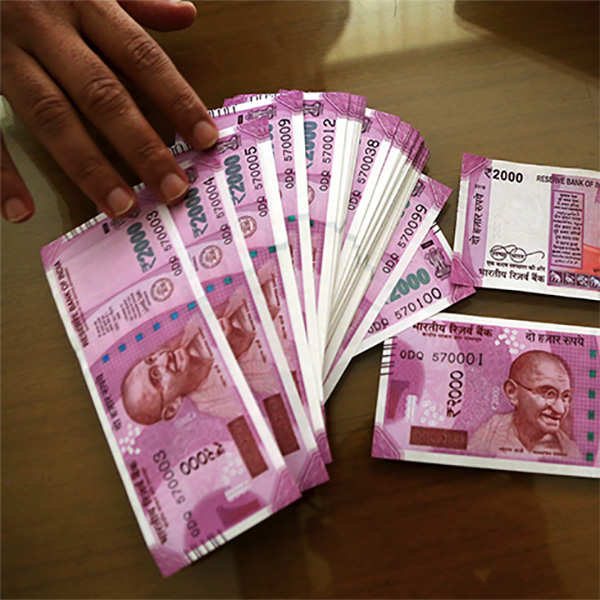INSUBCONTINENT EXCLUSIVE:
The rupee’s 2.5% loss in April has pushed Indian importers to seek cover against their unhedged payables, but people tracking the foreign
exchange market estimate that about 60-65% of offshore liabilities would still remain uncovered.
That should worry the regulator as unhedged
foreign exchange fluctuation risks can create financial stress for importers and lead to systemic risks if the rupee loses ground amid the
widening current account deficit, rising global crude prices and hardening US bond yields.
“Importers normally prefer to hedge just about
one-fourth of their offshore exposures,” said Anindya Banerjee, currency analyst at Kotak Securities
“Given the rupee’s sudden weakness, we could sense some panic among importers, who are now rushing to cover short-term liabilities
The overall unhedged exposure may have come down by just about 10%.” Official data on the size of unhedged position are unavailable,
although a foreign bank estimated it around $60-65 billion in March
India’s monthly import bill comes to about $40 billion.
The rush to pay forward premium now is putting additional pressure on the rupee,
While importers have shown some urgency in covering their risks last week, experts said they are mostly covering short-term positions.
The
premium for buying forwards contract, a mechanism that allows buyers to fix future exchange rate at a current rate, has risen to 83.50-85.50
paise from 82.50-84.50 paise for six-month maturities
“Importers are mostly unhedged,” said KN Dey, founder, United Financial Consultant, a forex advisory firm
“Rupee’s steadiness in the past one year has made them complacent to keep exposure open
Importers have woken up now as they have started covering one or two months’ offshore liabilities.” Currency hedging is a way to protect
against exchange rate volatility and minimise losses on adverse movement.RBI made hedging mandatory for companies raising money through the
external commercial borrowings route but it’s not a must for importers or exporters.
The benchmark US 10-year Treasury yield crossed 3%, a
fouryear high, on concerns over the growing supply of government debt and inflationary pressures from rising oil prices
Analysts, therefore, expect the rupee to be under pressure in the next few quarters
A CARE Ratings economist expects the rupee to remain in a volatile range of 66.5-67.5 in May, while some analysts said the rupee could touch
68 by December.
A weaker rupee pushes up the domestic cost of fuel products, creating inflationary pressures and a pricing scenario that
demands a tightening in monetary policy
Deutsche Bank expects the central bank to raise repo rate by 25 basis points in June to 6.25%.

